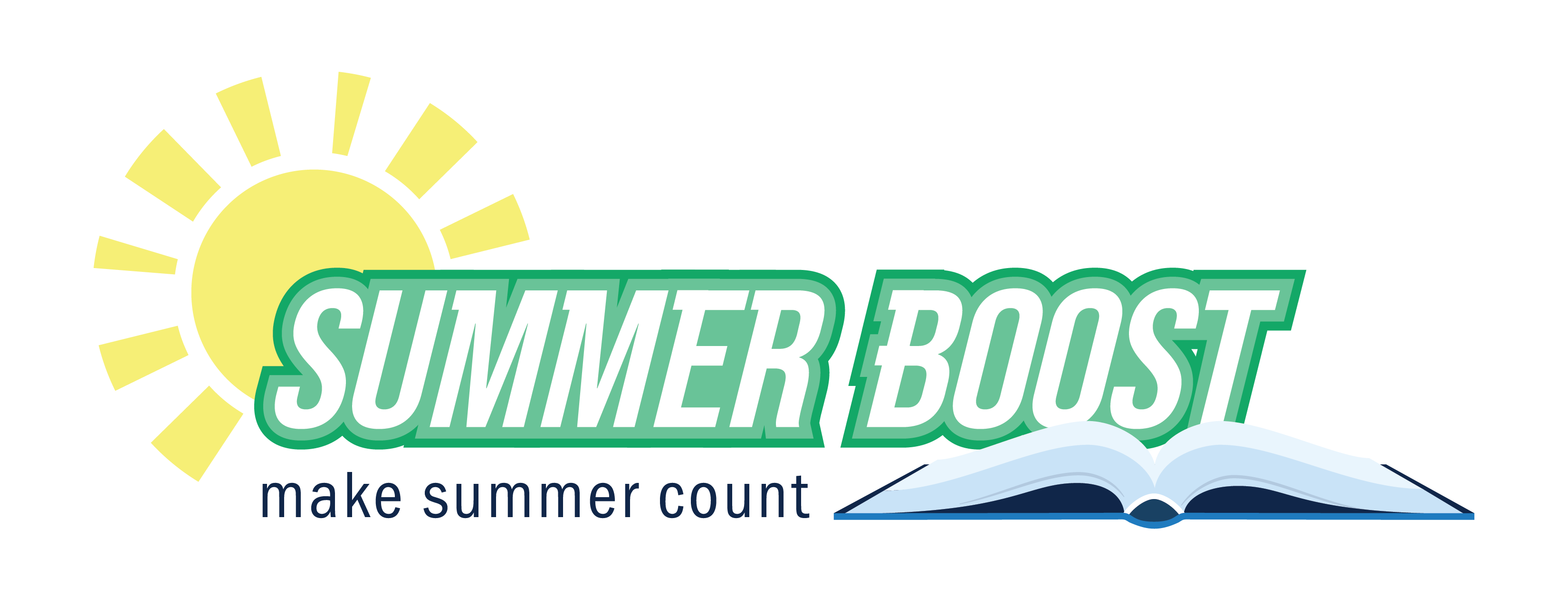Do you have tips and tools you use in your classroom that you think might benefit your fellow mathematics teachers?
Math Tips and Tools is a new feature on Kentucky Teacher that gives educators the chance to share ideas and resources with their fellow teachers. If you have a resource that you would like to share with other teachers, contact the Kentucky Department of Education’s math consultants Erin Chavez, Krista Hall or Robin Hill.
By Erin Chavez
erin.chavez@education.ky.gov
3-Act Tasks
3-Act Tasks by Graham Fletcher are free instructional tasks that give all students an opportunity to engage in the mathematics through problem solving and reasoning.
I have presented and used 3-Act Tasks across the state in and out of K-5 classrooms. These tasks give students an opportunity to truly model with mathematics. Students ask questions, estimate and solve problems using a model that makes sense to them, justifies their thinking and makes connections to their peers’ mathematical thinking.
If you want your students to experience the modeling cycle in an authentic way to help build students as problem solvers and reasoners of mathematics, then these tasks are a way to do just that.
Below is an outline of the components of a 3-Act Task:
3-Acts and Patient Problem Solving (Teaching without the Textbook)
Adapted from Dan Meyer, the originator of 3-Act Tasks
The Big Idea
- Take away the text and incorporate as many senses as possible.
- Make it real life and let students see it happening.
- Students have ownership of the questions because they come up with it.
- Remove the literacy challenge. (This means teachers remove any barriers of reading and focus on the mathematics that a child knows and understands.)
- Students have to think of the important information.
Act 1 (The Question):
Teacher poses the conflict and introduces the students to a scenario.
- Teacher says, “I’m going show you something I came across and I found it interesting.”
- Teacher asks, “What do you notice/wonder?” and “What’s the first question that comes to mind.”
- Students share observations with each other first, and then with the class (Think-Pair-Share).
- Teacher collects questions and ranks them by popularity.
- Teacher asks for estimations that are too high and too low – wrong answers.
- Teacher asks students to record their actual estimation.
Act 2 (Gathering Information):
Students are gathering information, using reasoning skills/resources to answer the big conflict from Act 1.
- Teacher asks, “What information do you need to answer our main question?”
- What are you doing?
- Why are you doing that?
- What would happen if …?Teacher offers smaller examples and asks probing questions.
Act 3 (The Reveal):
The big reveal is when students are making connections from their mathematical understanding to their peers. Students also are justifying their strategy and learning from others, which continues to build a mathematical community.
- Teacher shows the answer and validates students’ solutions/answer.
- Teacher revisits who had the closest estimation.
- Teacher compares techniques, figuring out which is most efficient.
3-Act Task websites:
Dan Meyer 3-Act Tasks – grades 6-12
Robert Kaplinsky – grades K-12
Mike Wiernicki – grades K-8
Andrew Stadel – grades 5-12
Catherine Castillo – grades K-5
Kristen Acosta – grades K-5
How to use it in the classroom
I have helped support teachers across the state implementing 3-Act Tasks and found that all students are able to enter into these tasks. Students also are engaging in mathematics by learning from other students in sharing their thinking.
These tasks provide an opportunity for students to truly model with mathematics, which helps build our students as problem solvers and reasoners of math.
Possible strengths for instructional use
3-Act Tasks provide students an opportunity to construct/craft a solution path themselves in order to solve a real-world problem in mathematics. The structure and the routine is built from the “Five Practices for Orchestrating Productive Mathematics Discussions” by Margaret Schwan Smith and Mary Kay Stein, which allows these tasks to elicit student thinking in order to move students learning forward through mathematical progressions.




Leave A Comment